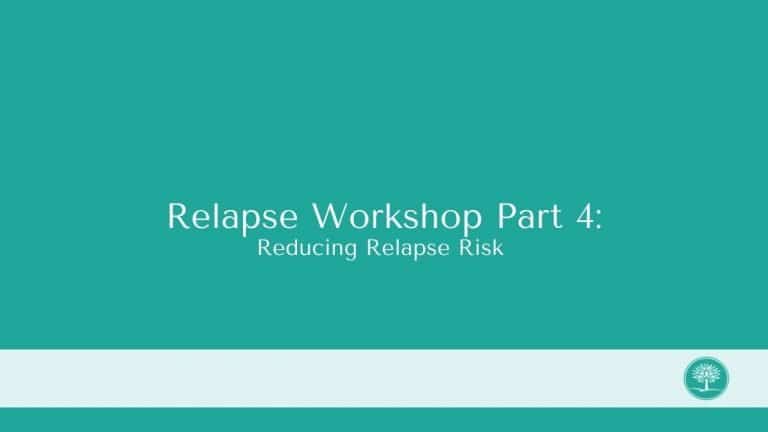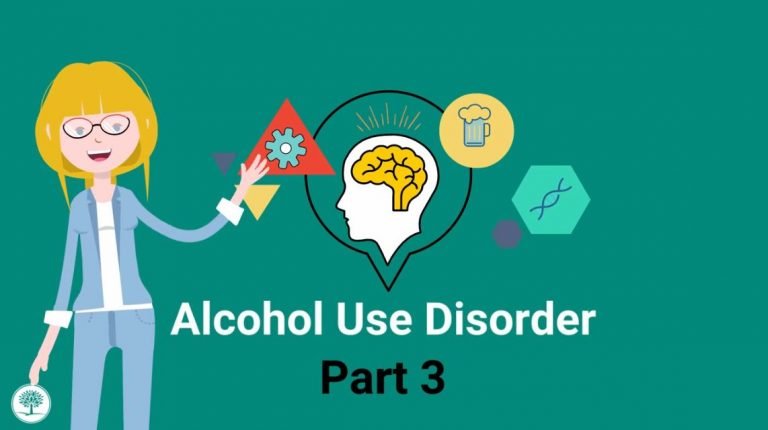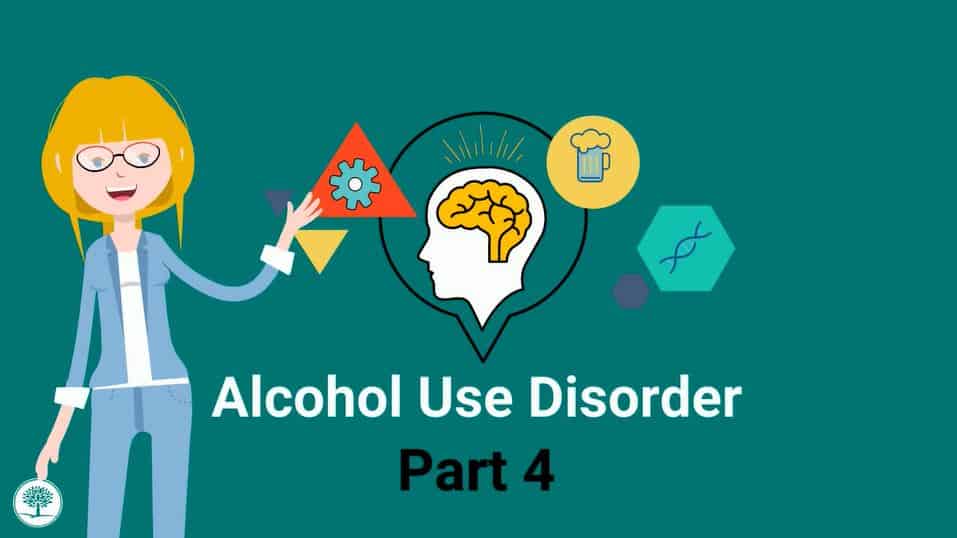PTSD Part 3: Trauma in the Brain & Managing PTSD Symptoms
Estimated watch time: 8 mins
Summary:
Our response to stress or trauma is rooted in biology and the processes of our brains. These underlying neurological processes contribute to PTSD. Understanding how your brain and body respond to stress and trauma can help you learn how to manage these responses and identify self-care strategies as you work through trauma.
Other Addiction & Mental Health Resources
The Recovery Village has several, free resources for those living with addiction or mental health conditions and their loved ones. From videos, to clinically-hosted webinars and recovery meetings, to helpful, medically-reviewed articles, there is something for everyone. If you need more direct help, please reach out to one of our representatives.
















